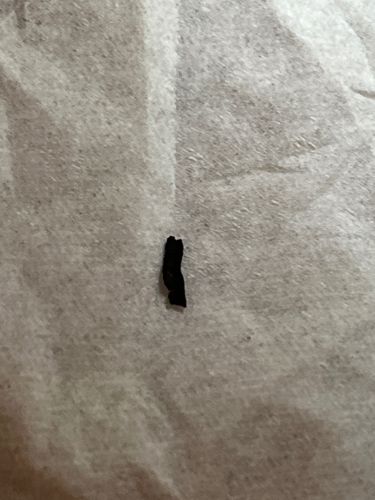Springtail
Scientific Name: Collembola (a class rather than a single scientific name due to diversity)
Order & Family: Order Collembola, various families (e.g., Entomobryidae, Isotomidae, Sminthuridae)
Size: Typically 0.2 mm to 10 mm, with most common species being less than 6 mm.

Natural Habitat
Springtails thrive in moist environments rich in organic matter. They are commonly found in soil, leaf litter, decaying wood, under bark, in compost piles, and sometimes in damp indoor areas like bathrooms and basements.
Diet & Feeding
Springtails primarily feed on decaying organic matter, fungi, algae, and bacteria. Some species may also consume pollen or plant material.
Behavior Patterns
Springtails are known for their ability to jump using a furcula, a tail-like appendage folded under their abdomen. When startled, they extend the furcula, propelling themselves into the air. They are often found in large aggregations in moist environments. They reproduce by laying eggs, and their development is ametabolous, meaning they do not undergo metamorphosis but instead grow through a series of molts.
Risks & Benefits
Generally, springtails are harmless to humans and do not bite or transmit diseases. They are beneficial to the ecosystem as decomposers, helping to break down organic matter and cycle nutrients in the soil. Under unusual circumstances, large indoor populations might be considered a nuisance, but they do not cause structural damage. Some rare species can be minor pests in agriculture by feeding on plant roots.
Identified on: 9/4/2025